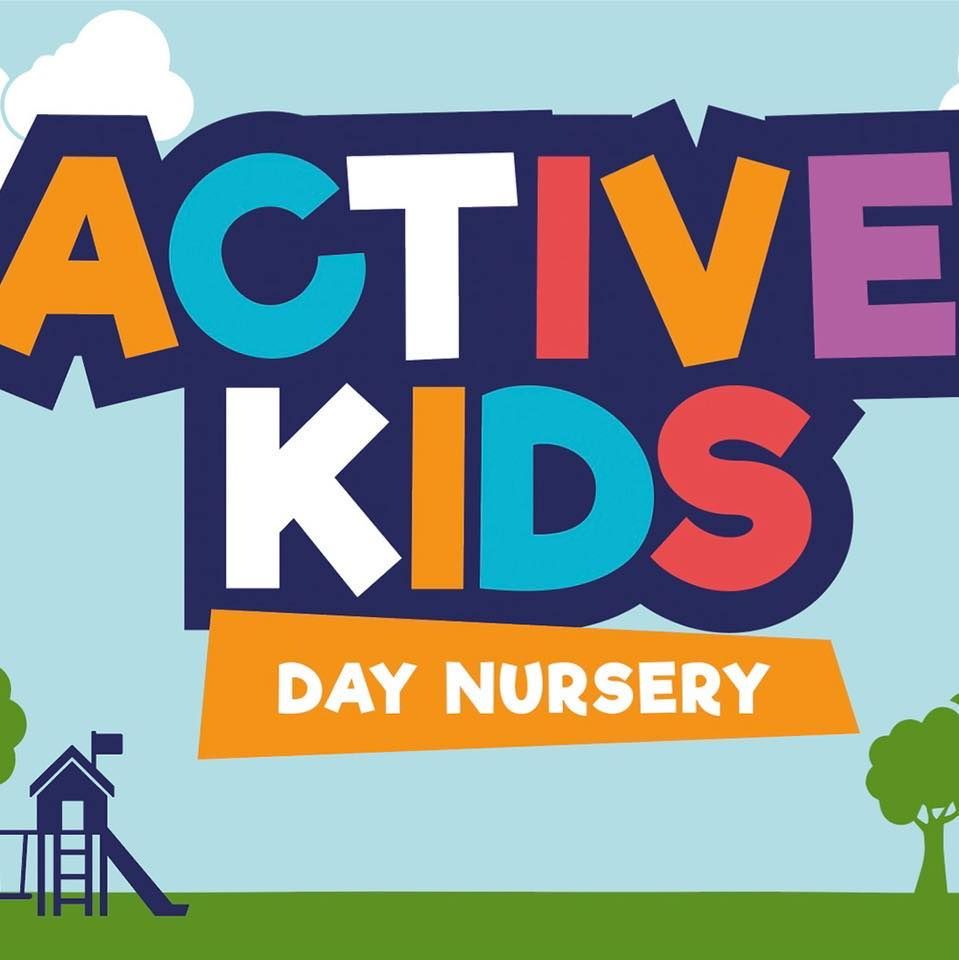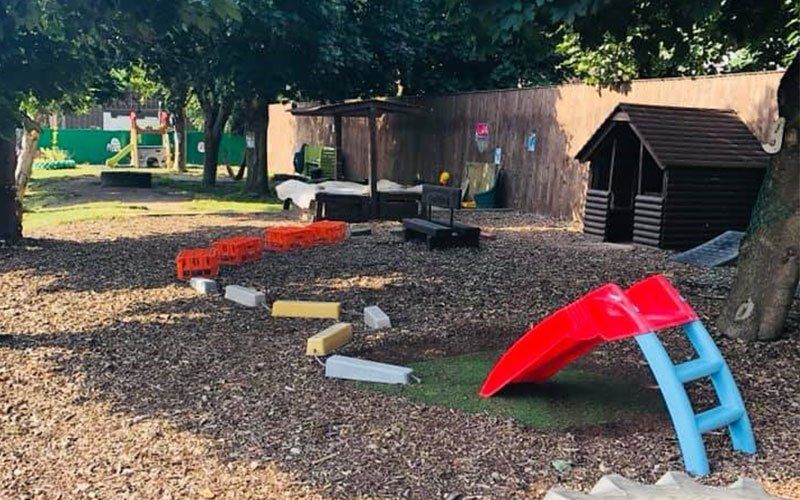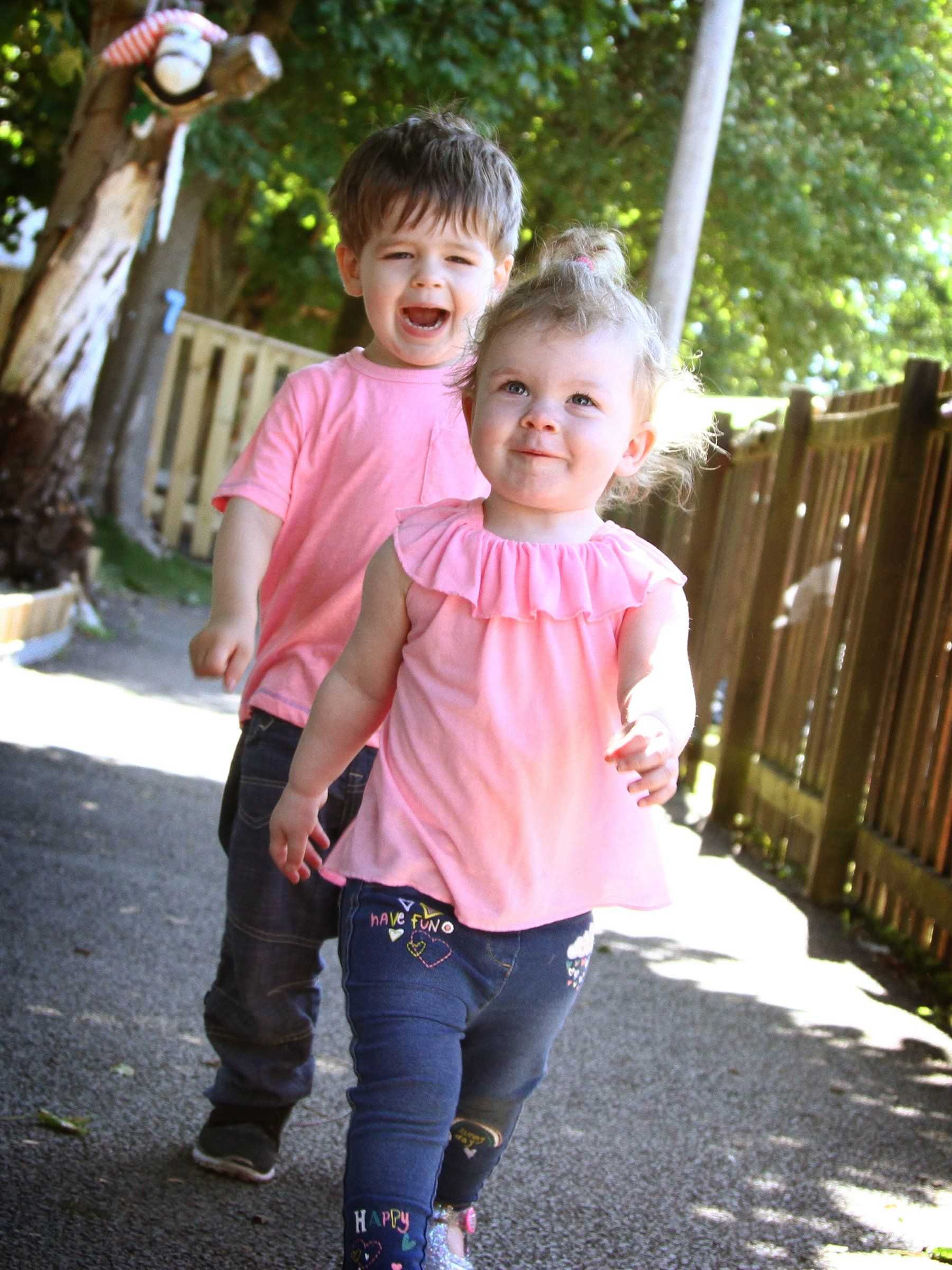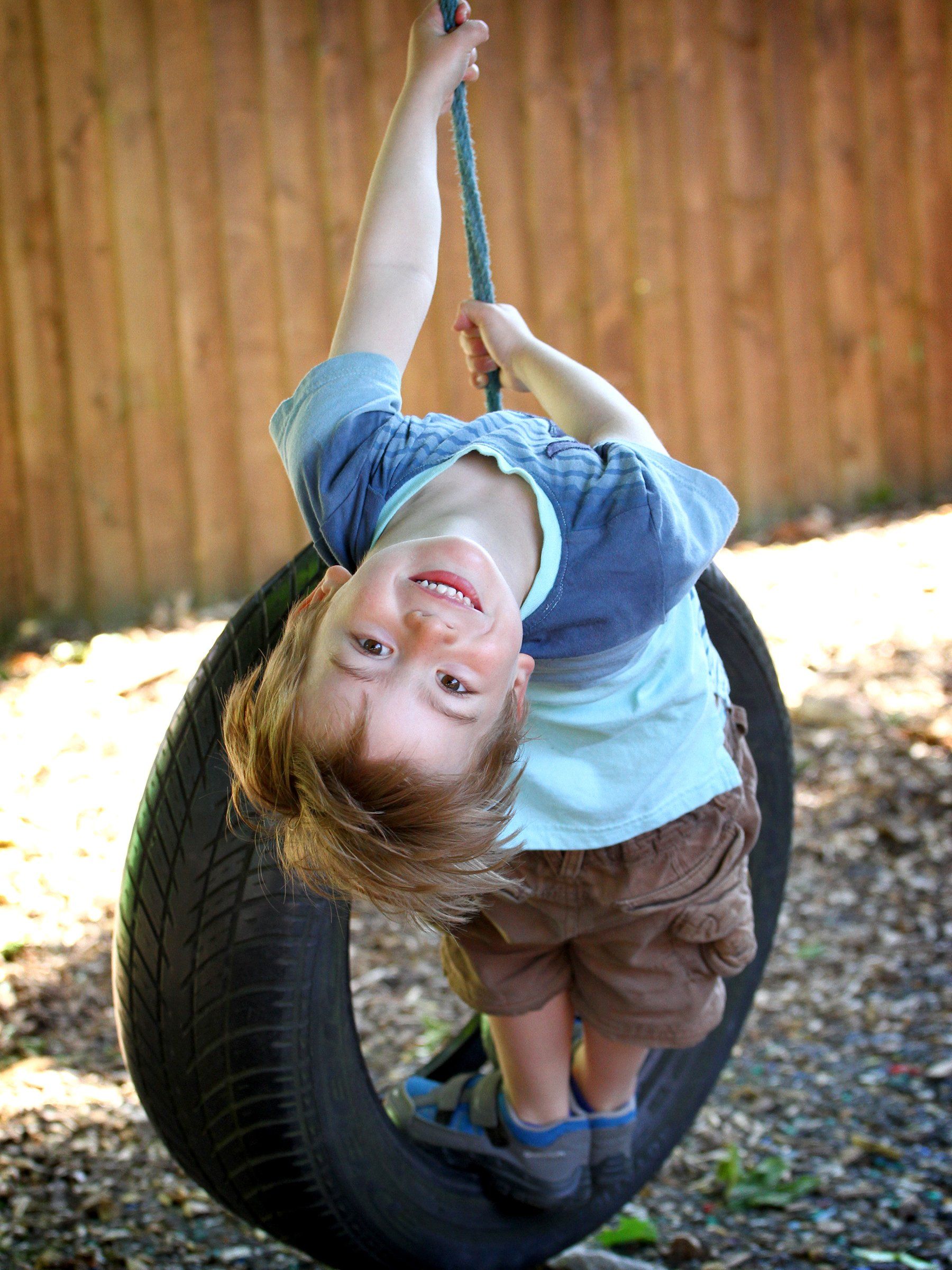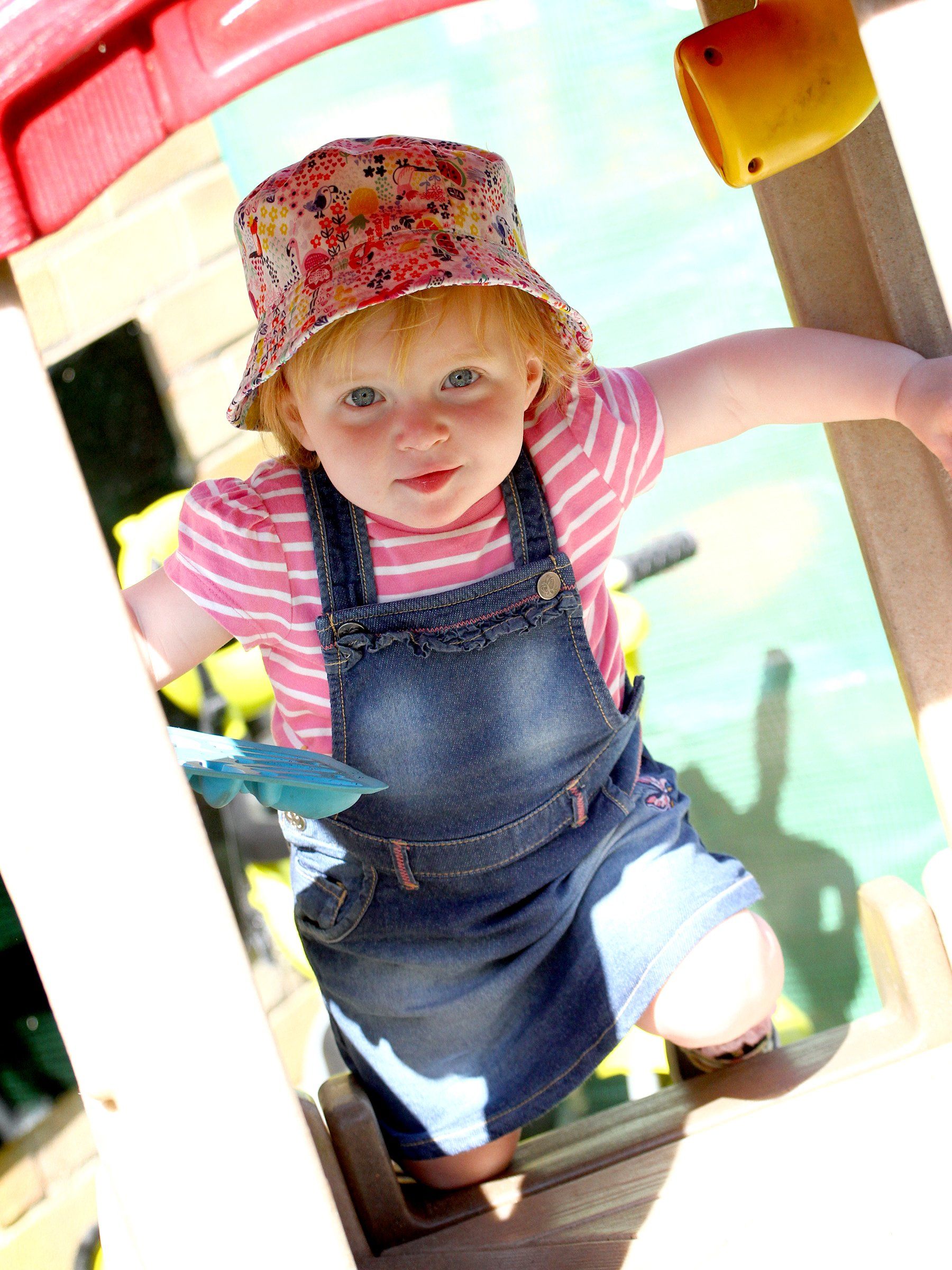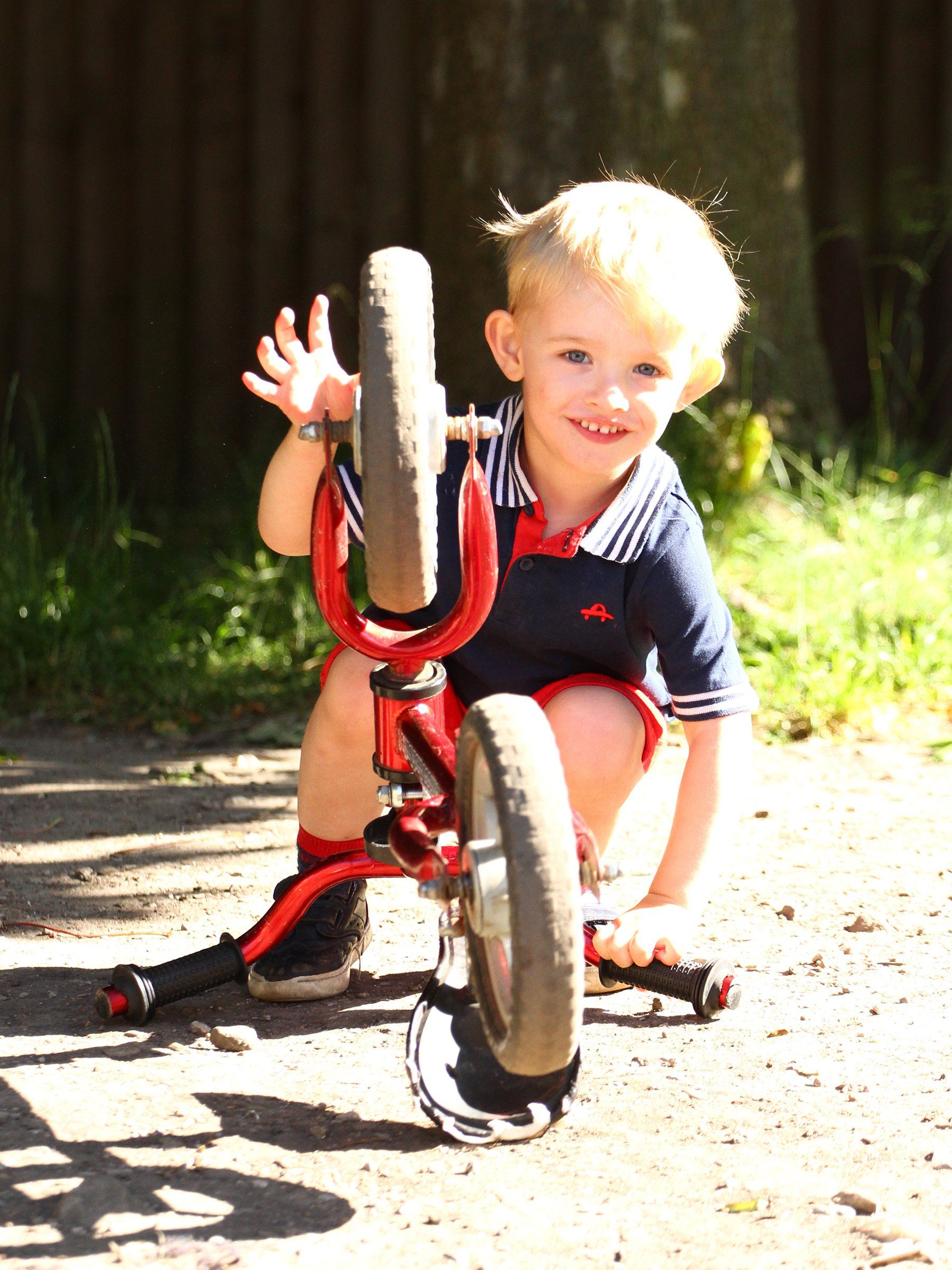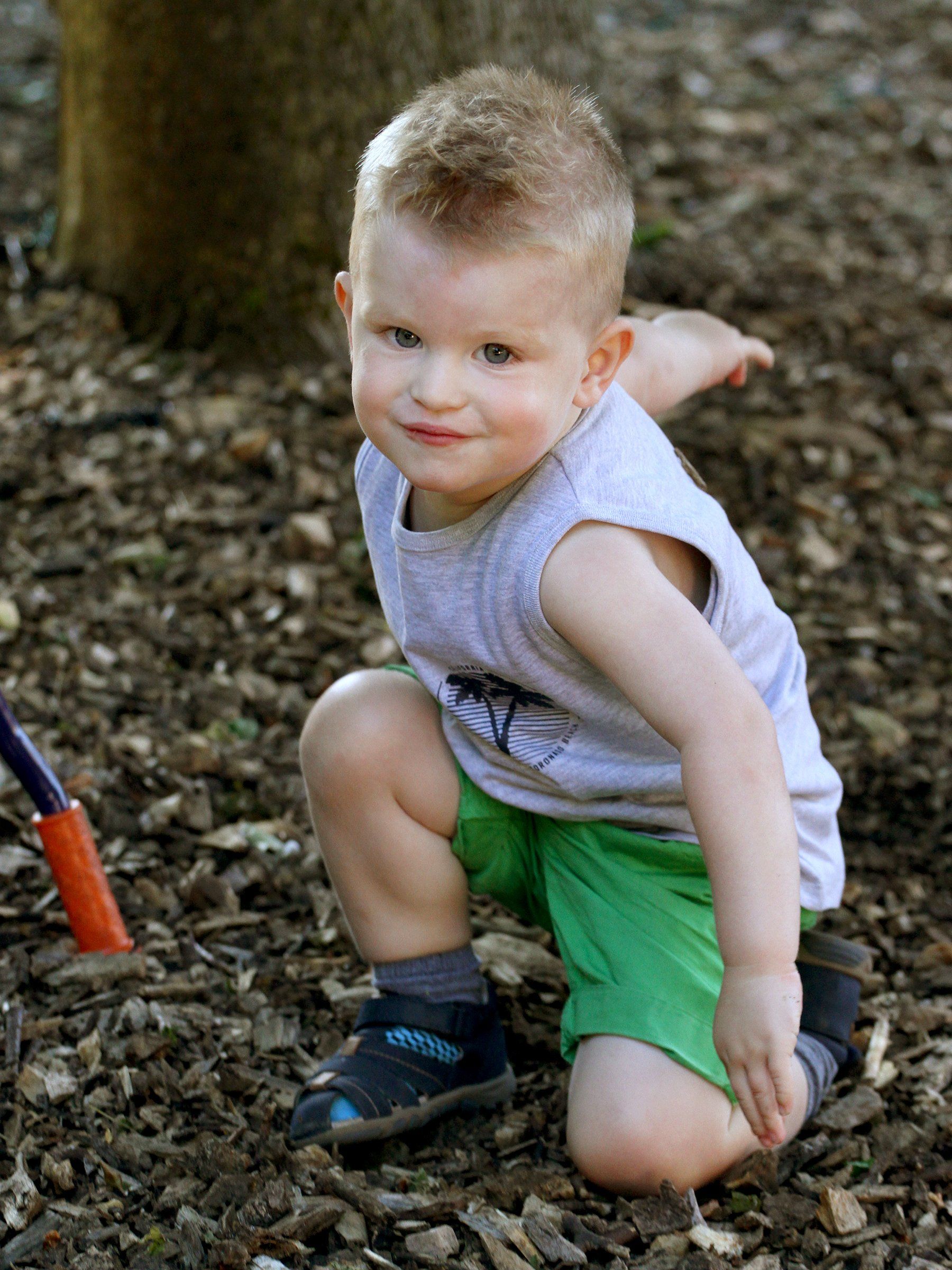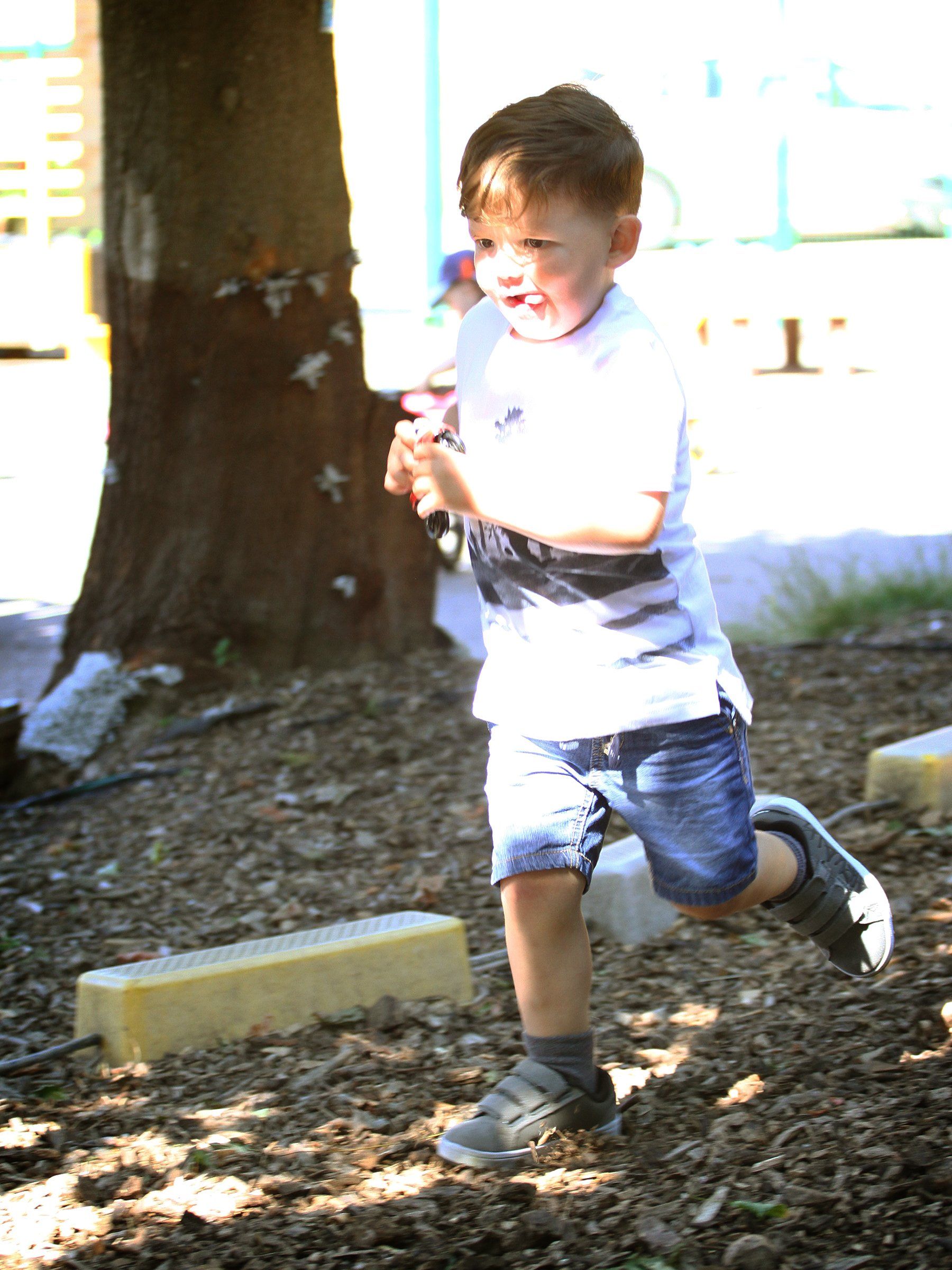
Outdoor Woodland Play Area
Outdoor Play and Brain Development
Our Aim
Our outdoor resources enable our children to develop in all areas of learning. We aim to spend 3 hours outdoors each day, covering all aspects of a child's development needs. Our daily activities include climbing, cooking, sand and water play, science experiments, our morning wake up, shake up and pre-schoolers have a range of tasks to get them ready for school which we also focus on. We encourage children to be self-sufficient by helping them grow their own fruits and vegetables. We encourage creativity which leads to problem solving and critical thinking skills.
Physical Activity In The Brain
Benefits To Outdoor Play
Getting children outside benefits them physically and allows the brain to recharge, which should produce greater results academically, socially and cognitively
Growing up, many of us might have been told at some point to go outside and find something to do.
Today, especially in a school setting, it seems children are being told less and less to go outside, as they are encouraged to stay inside and study more. Our children seem to be getting fewer breaks from academics in order to achieve higher scores on testing and to meet standards for achievement. The issue with studying more is that the brain doesn’t have a chance to get a break, and recharge. In an educational institution, playtime is a time where children should engage in unstructured play, which is not directed by adults, although supervised. Outdoor play time is an opportunity for a child to freely play, or think the way they want to think, and not be directed by an adult or teacher. This type of thinking enables the child to use the brain the way he or she wishes to use it. Children are also physically active during play, and develop social, emotional and cognitive competencies.
